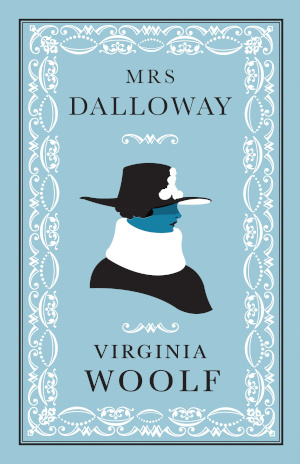

Mrs Dalloway follows Clarissa Dalloway as she prepares for a party, exploring the interplay of time and memory. Set in post-World War I London, the novel delves into the inner lives of its characters through stream-of-consciousness narration, touching on themes of identity, societal expectations, and the transient nature of existence.
Author: Virginia Woolf
Year of publication: 1925
Pages: 194
Complexity
CEFR: C1/C2
Plot Complexity: high
Language Complexity: rich
Ideas Complexity: high
Mrs Dalloway by Virginia Woolf is a modernist masterpiece that showcases Woolf’s remarkable command of language. Her prose is sophisticated and evocative, employing advanced vocabulary, complex sentence structures, and poetic imagery. The plot unfolds intricately, interweaving the lives of various characters in a single day, exploring themes of time, identity, and societal constraints. Woolf’s exploration of inner consciousness and her innovative use of stream-of-consciousness narration challenge traditional storytelling conventions. The novel presents profound ideas about human existence, the complexities of social interactions, and the subjective nature of reality.
Blurb
Heralded as Virginia Woolf’s greatest novel, this is a vivid portrait of a single day in a woman’s life. When we meet her, Mrs. Clarissa Dalloway is preoccupied with the last-minute details of party preparation while in her mind she is something much more than a perfect society hostess. As she readies her house, she is flooded with remembrances of faraway times. And, met with the realities of the present, Clarissa reexamines the choices that brought her there, hesitantly looking ahead to the unfamiliar work of growing old.
YouTube Review
(Video removed? Please notify me at video@rookreading.com)






Be the first to comment